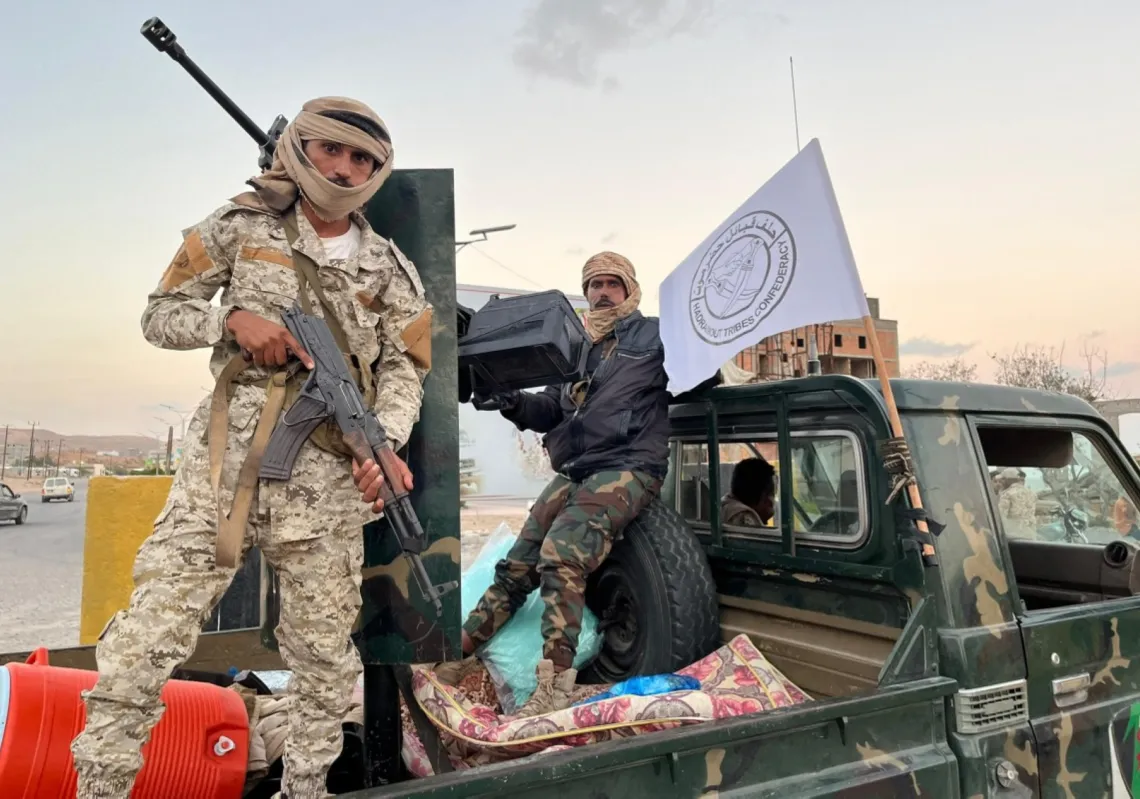On 11 August 2006, UN Security Council Resolution (UNSCR) 1701 came into being. It was relatively short and primarily intended to halt hostilities between Hezbollah and Israel—the pair having just fought a vicious, short war—but has helped define Lebanon’s security ever since.
It ushered in a supposed ‘buffer zone’, a ‘Blue Line’, and 10,000 UN peacekeepers. Yet, although the UN describes it as “the linchpin of peace,” its stipulations were not implemented, and both sides were guilty of violations.
These breaches intensified after Hamas attacked southern Israel on 7 October 2023 and Hezbollah—another of Iran’s ‘Axis of Resistance’—launched its ‘support war’ against Israel, aiming to distract Tel Aviv by opening a ‘northern front’ while the Israeli armed forces pummelled Gaza in the south.
This escalation disrupted the established rules of engagement along the Lebanon-Israel border, extending military operations beyond the immediate frontier. In September 2024, Israel significantly upped the ante by attacking Hezbollah and its leaders in a series of intelligence- and military-led operations.
Two months later, with almost 1.5 million Lebanese displaced, the death toll passing 3,600, and billions of dollars of damage, a US-facilitated ceasefire was finally brokered on 26 November. Suddenly, Resolution 1701 was back in focus, with many asking what hindered its enforcement 18 years ago.

Dissecting UNSCR 1701
After a prolonged absence, the Resolution called for the deployment of the Lebanese Armed Forces (LAF) and the UN Interim Force in Lebanon (UNIFIL) to southern Lebanon, with joint missions and patrols envisaged. Yet UNIFIL peacekeepers were never popular in the south, with locals suspecting them of being pro-Israel.
Lebanese politicians were divided on the national army being used in the region in this way. Some felt the LAF was insufficiently equipped or trained to repel Israeli aggression if needed and that it was instead being used to counter Hezbollah. Others felt UNSCR 1701 was an opportunity for the state to finally extend its authority in the south.
Although the UN Security Council authorised the deployment of the LAF and UNIFIL, it failed to give them a deterrent role against violations. The LAF had neither the weapons nor the logistical support to protect Lebanon's borders, so UNSCR 1701 served more as a temporary political truce than a robust mechanism for long-term stability.
Previous UN Resolutions (namely 1559 and 1680) called for the disarmament of militias and the extension of state authority across all Lebanese territories, so in some ways 1701 was part of the same theme. However, this conflicted somewhat with the Taif Agreement, ratified by the Lebanese Parliament in 1989 (to the end of the country's civil war).
Negotiated in Taif, Saudi Arabia, the provisions within this accord also sought to reassert Lebanese government control over the south, which had been controlled for years by a Christian-separatist militia. Yet it also allowed for Hezbollah to remain armed as a 'resistance' force against Israel.














